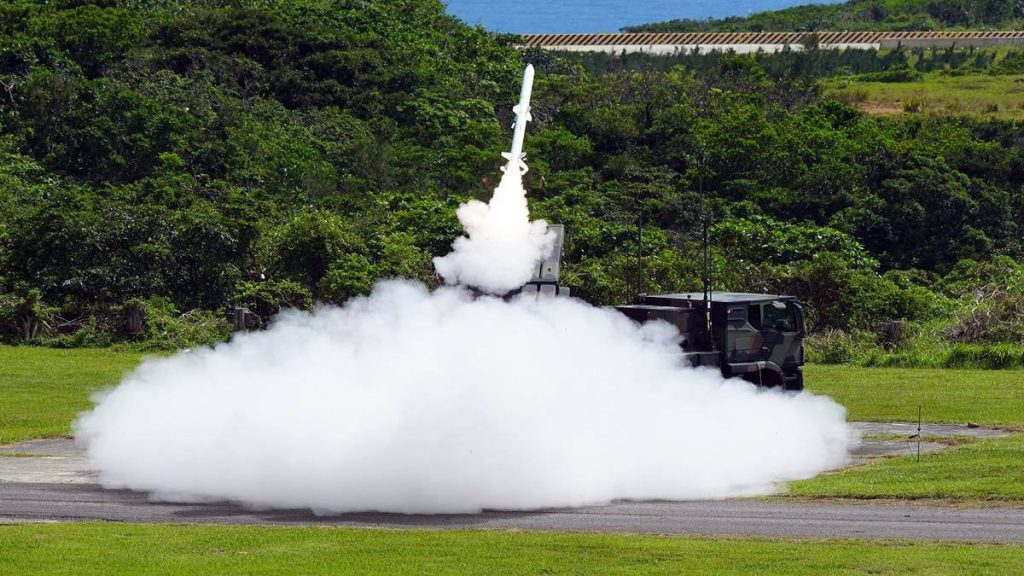Taiwan has taken a significant step to boost its air defence capabilities by conducting the first live-fire test of its indigenous Land Sword II surface-to-air missile system, the Ministry of National Defence (MND) announced on Tuesday. The move comes amid escalating Chinese military activity near the island and follows the recent debut of U.S.-supplied HIMARS rocket systems in Taiwanese military drills.
Sharing visuals on X (formerly Twitter), the MND highlighted Land Sword II’s role in enhancing force protection and countering a wide range of aerial threats. “Land Sword II makes its live fire debut. This SAM system is capable of countering diverse aerial threats and significantly enhances force protection for #ROCArmy,” the ministry posted.
The live-fire display showcased the missile system in action, underlining Taiwan’s commitment to strengthening its self-defence amid a challenging security environment.
The Land Sword II launch came just a day after Taiwan’s Army conducted the first live-firing of the High Mobility Artillery Rocket System (HIMARS), acquired from the United States. The exercise, carried out by the 58th Artillery Command at Jiupeng Base in Pingtung County, involved the firing of 33 rockets from 11 launch vehicles.
According to Focus Taiwan, each HIMARS launcher fired three 227mm rockets, although details on the drill’s results were not disclosed. A U.S. technical team was also present to assist with the operation. Taiwan has ordered 29 HIMARS units from the U.S., with the first batch of 11 delivered in 2024. The second batch, initially slated for 2027, is now expected to arrive in 2025.
In another post on X, Taiwan’s MND wrote, “#HIMARS debuts in #Taiwan, showcasing rapid deployment and next-generation strike capabilities,” further underscoring the strategic importance of these additions to Taiwan’s arsenal.
These defence developments occur against the backdrop of growing Chinese military pressure. On Wednesday, Taiwan’s MND reported 35 sorties by China’s People’s Liberation Army (PLA) aircraft, along with the presence of eight PLA Navy ships and two official Chinese vessels operating near the island.
The Taiwan-China conflict remains one of the most volatile geopolitical flashpoints in Asia. While Taiwan functions as a de facto independent state with its own government and military, Beijing continues to assert sovereignty over the island, insisting on reunification under the “One China” principle.
As China ramps up diplomatic and military pressure, Taiwan’s recent defence moves signal its determination to safeguard its autonomy and bolster deterrence with both domestic innovation and international partnerships.
